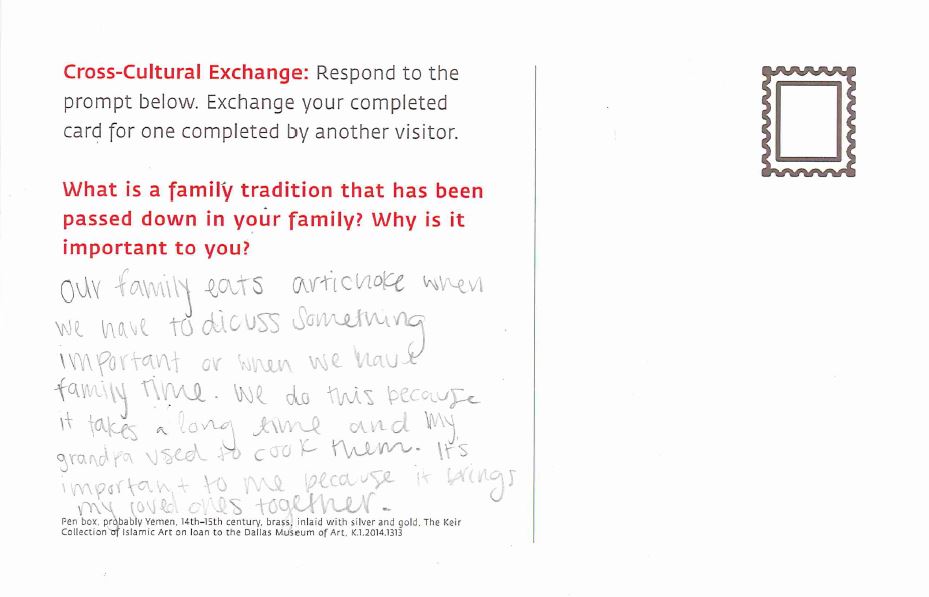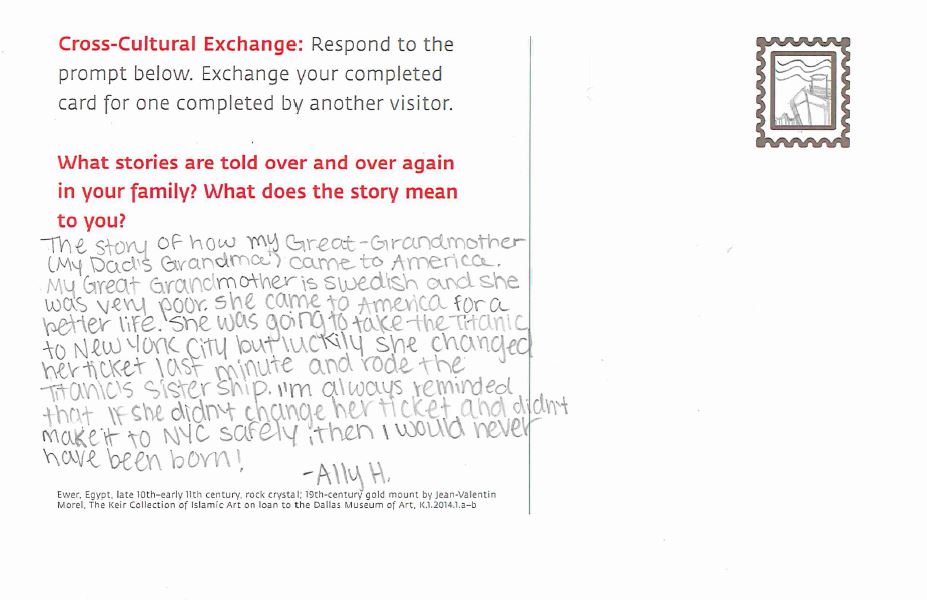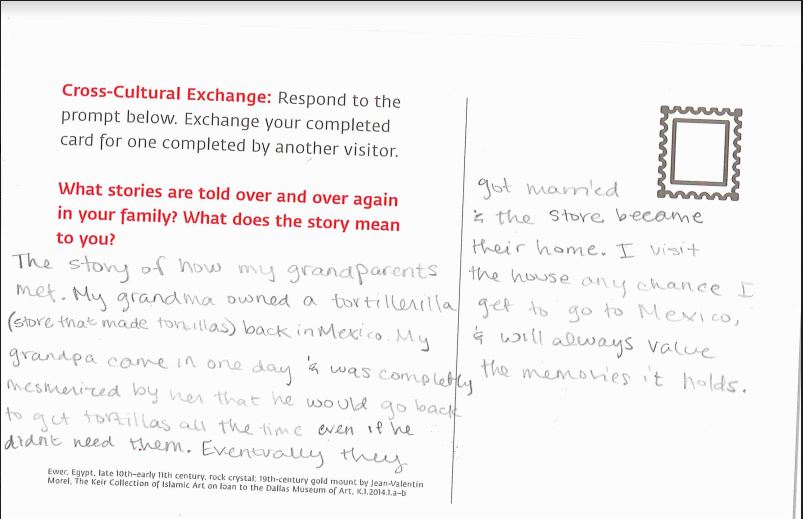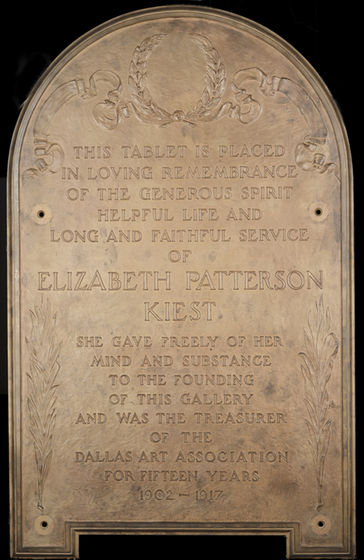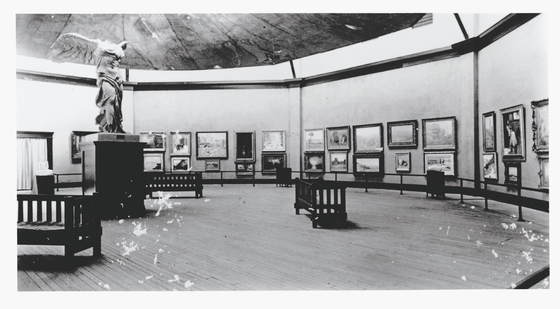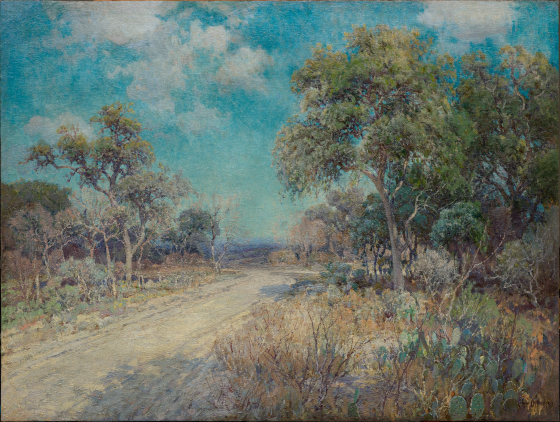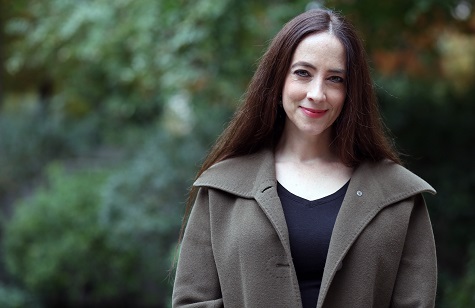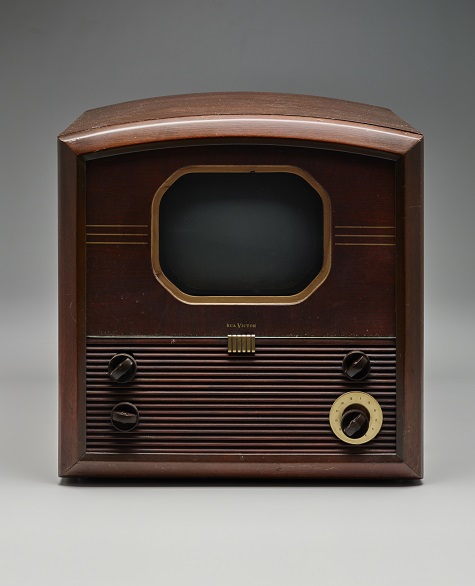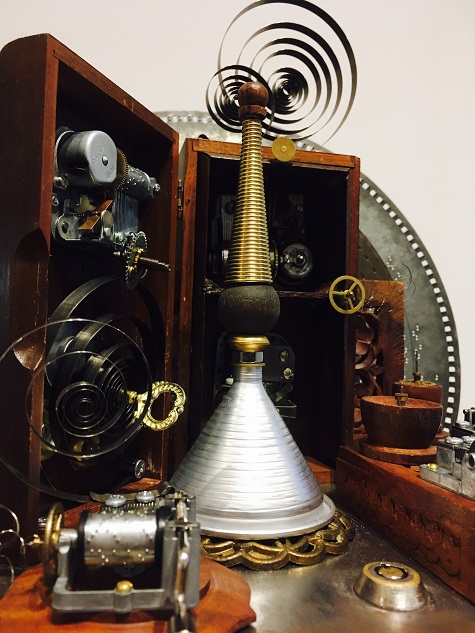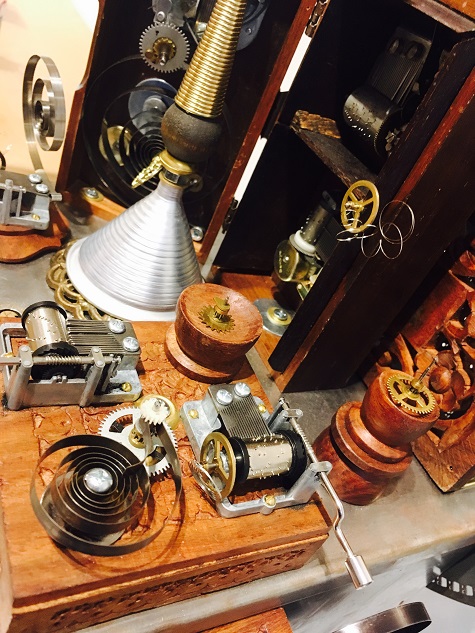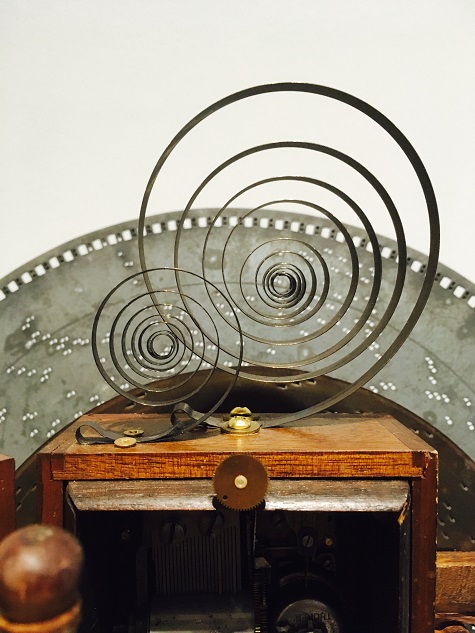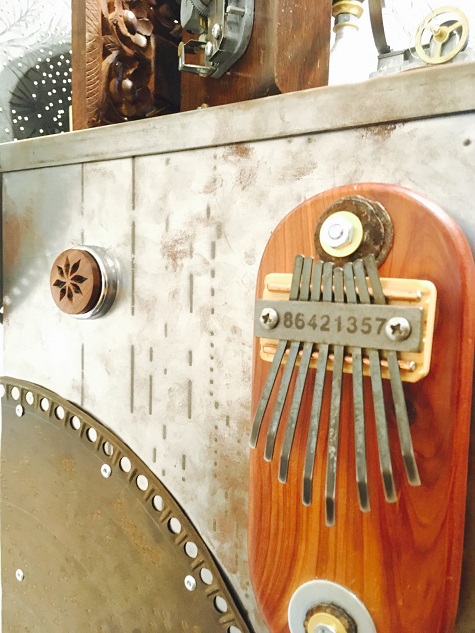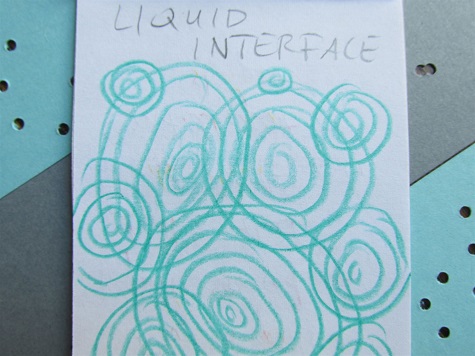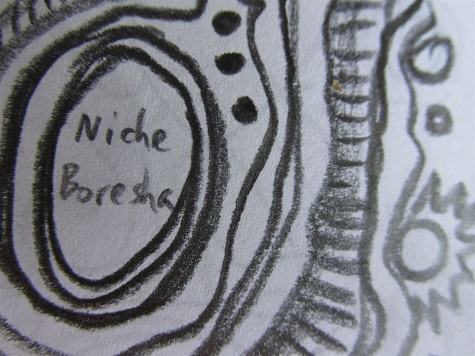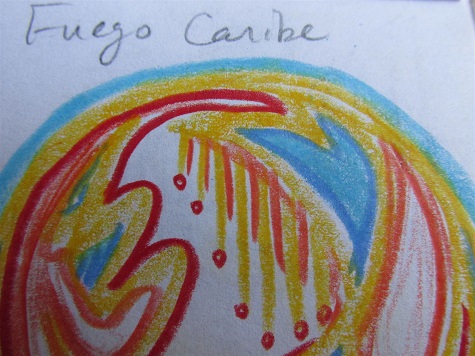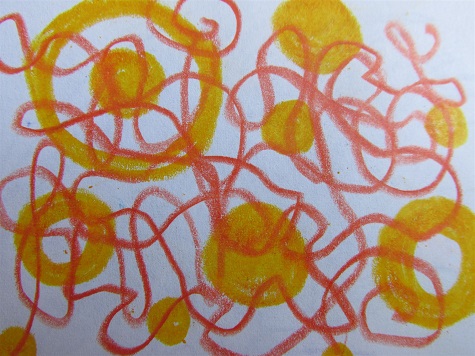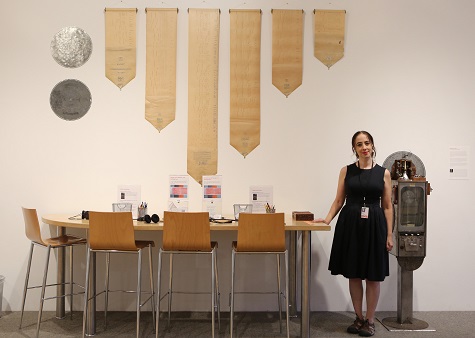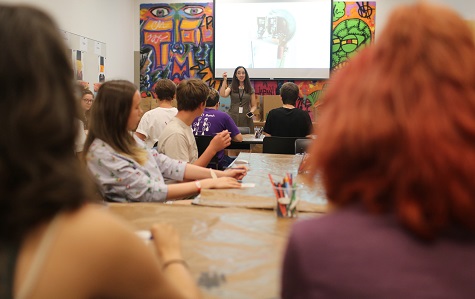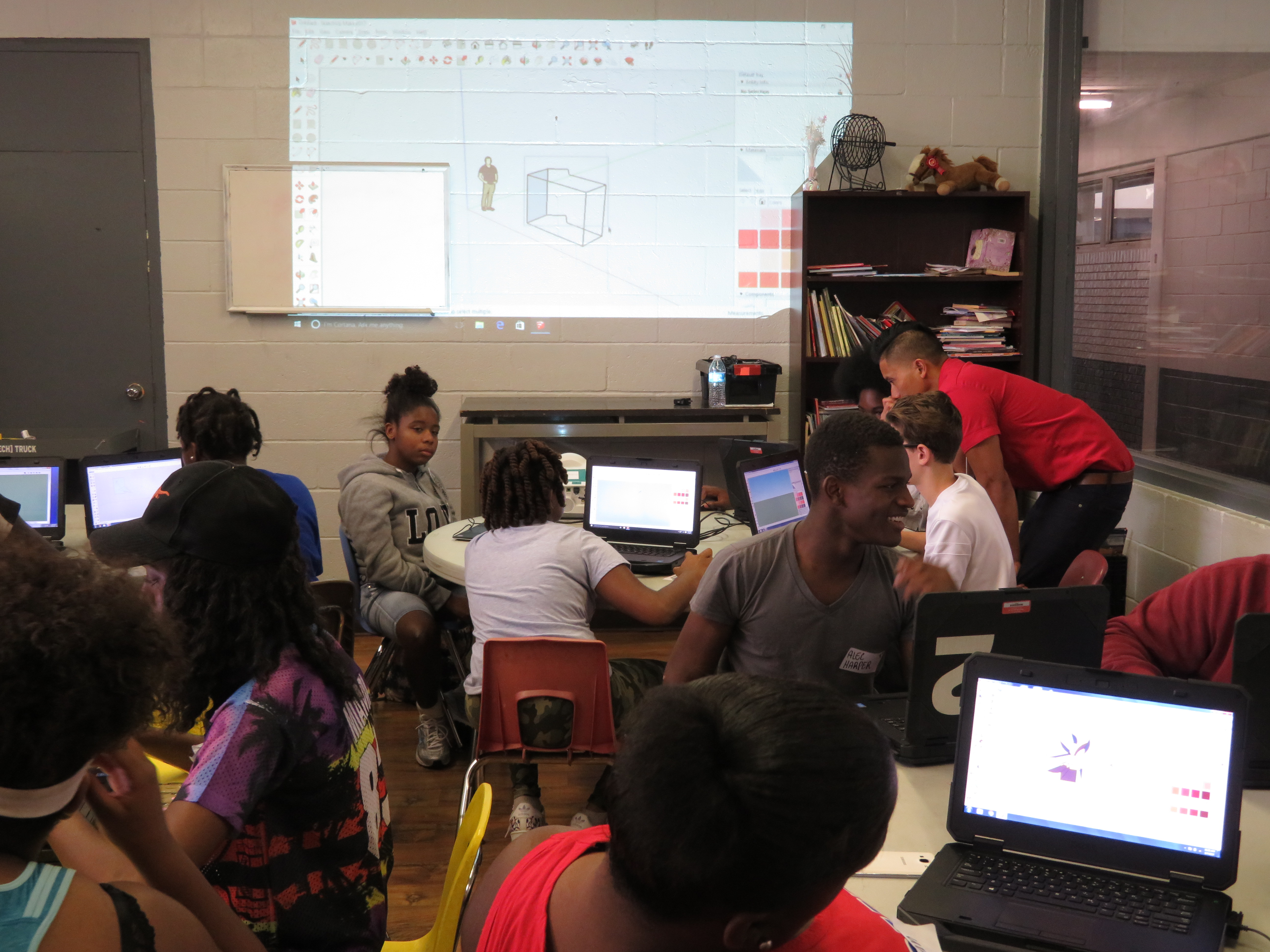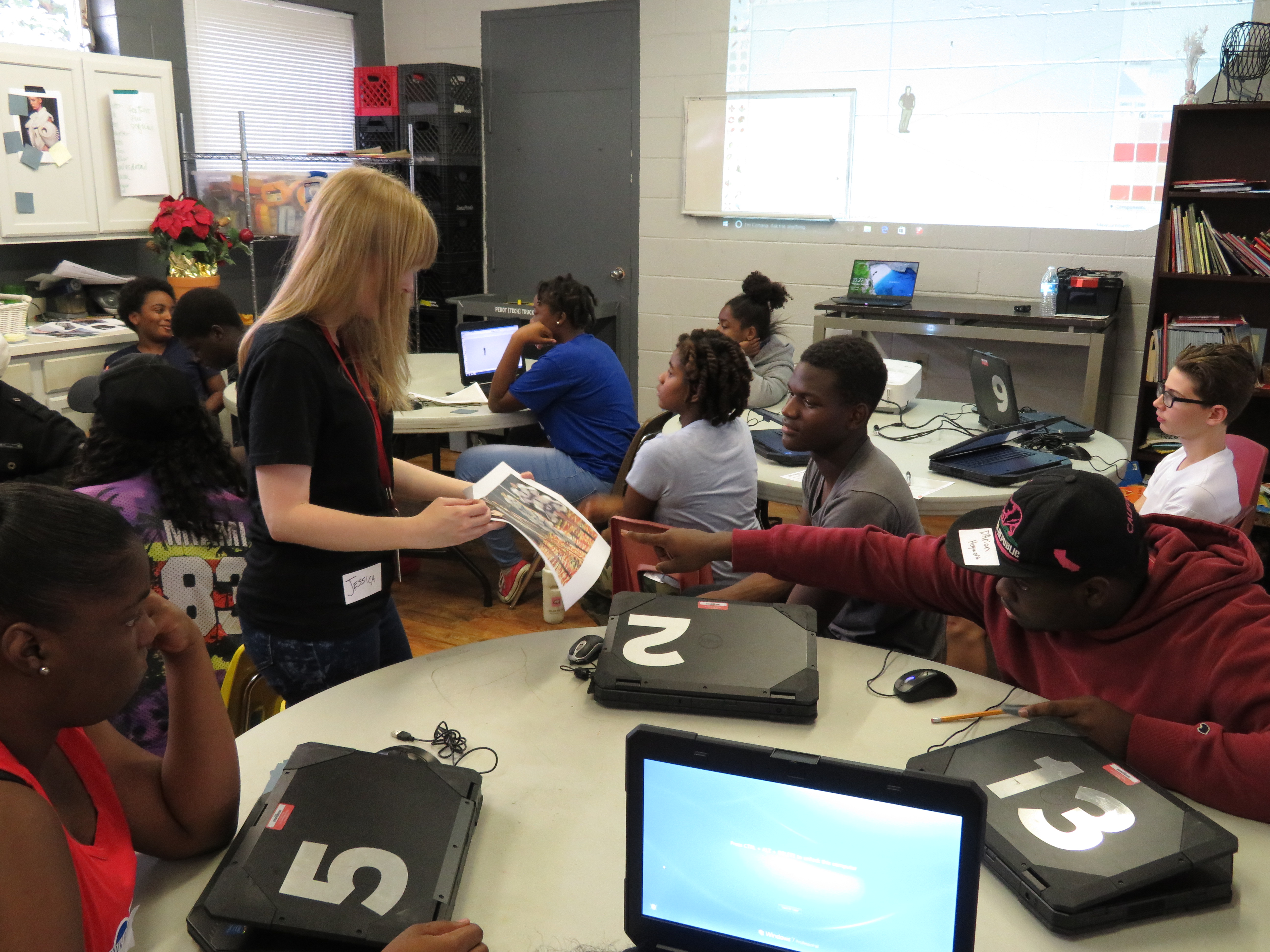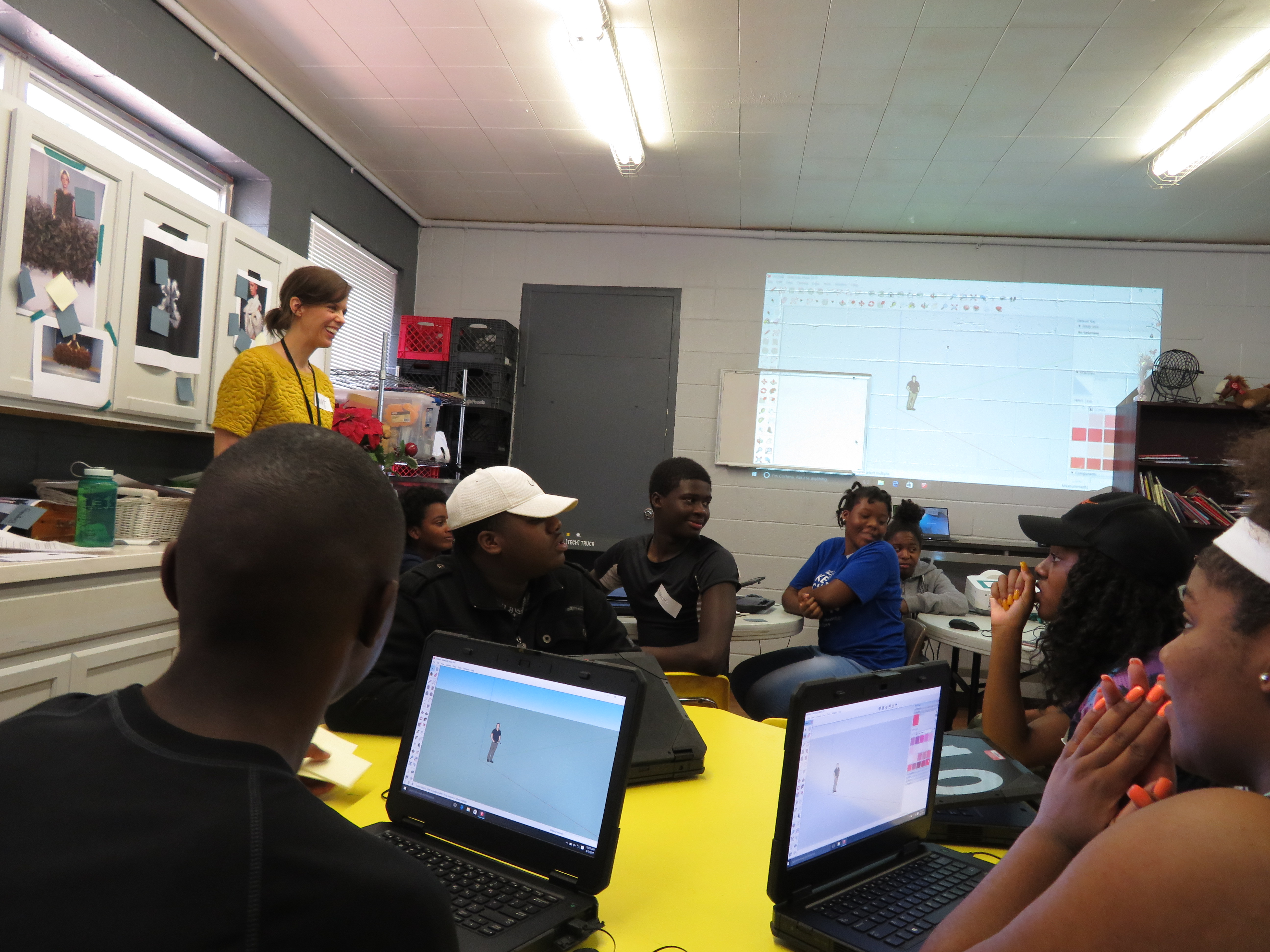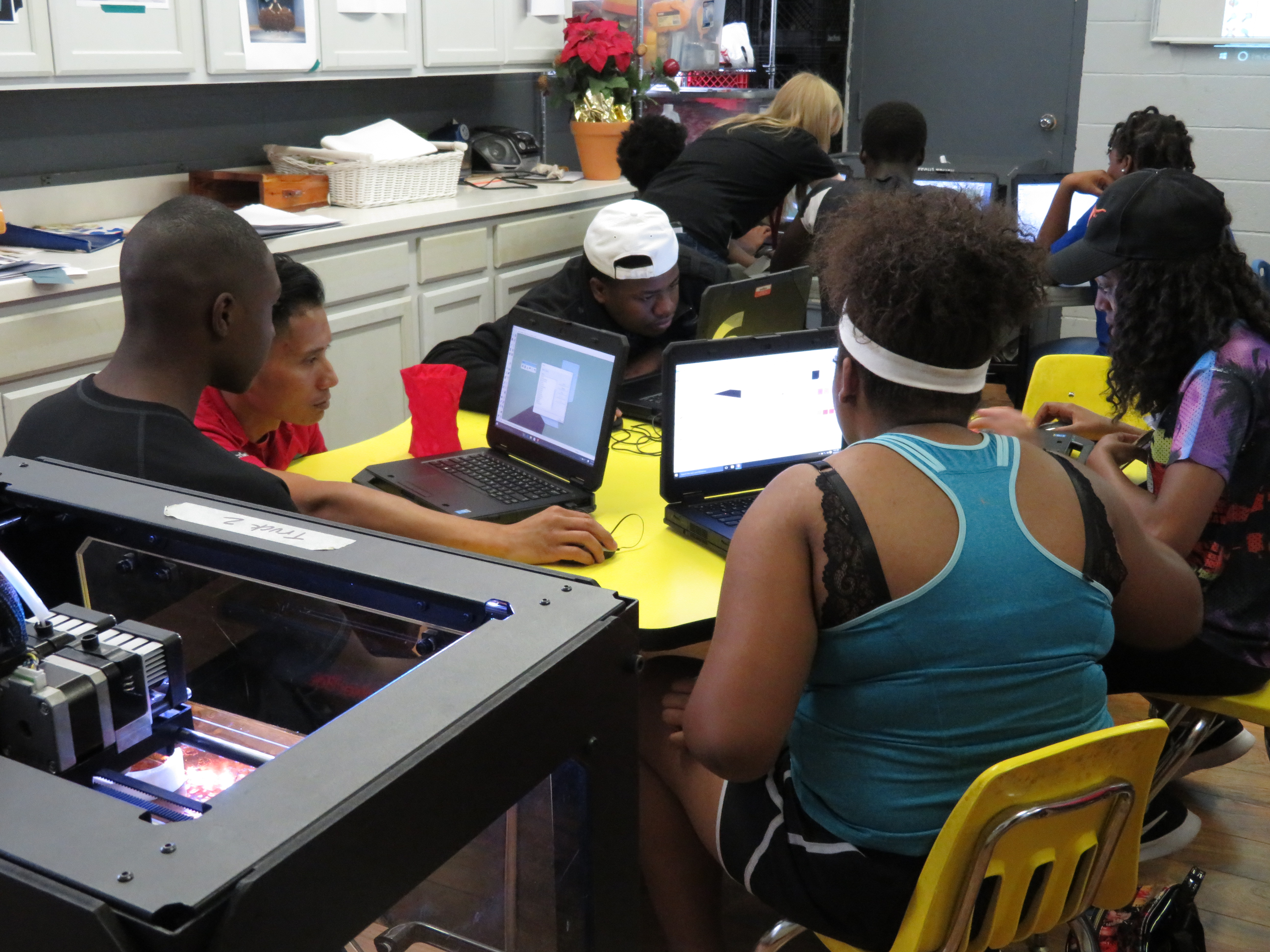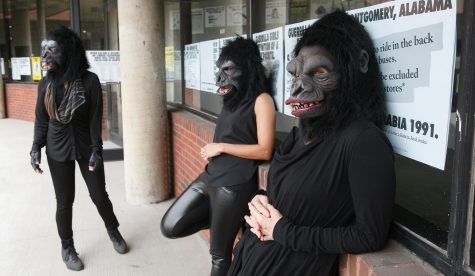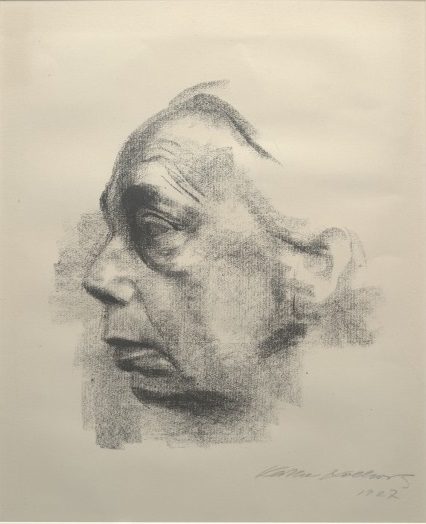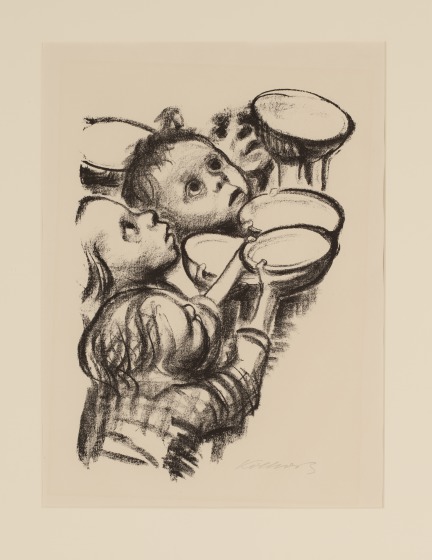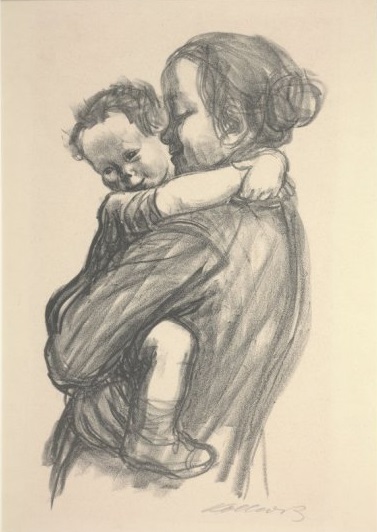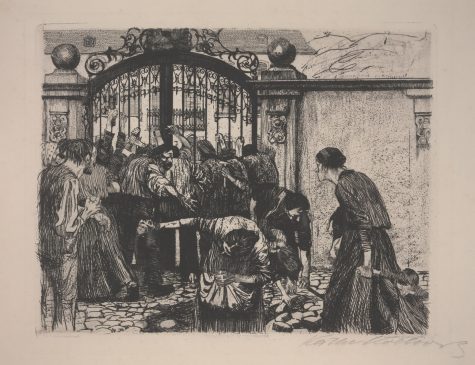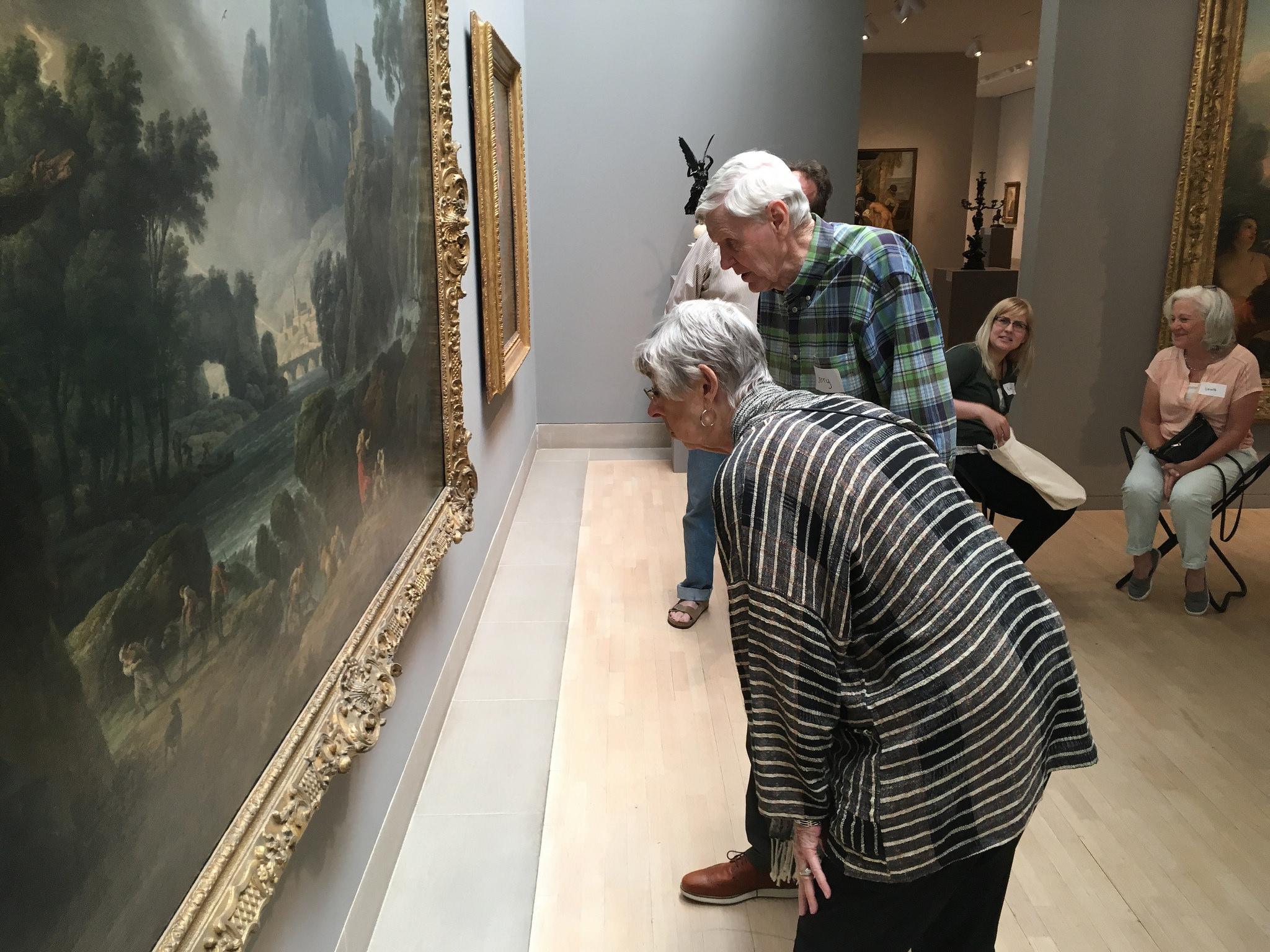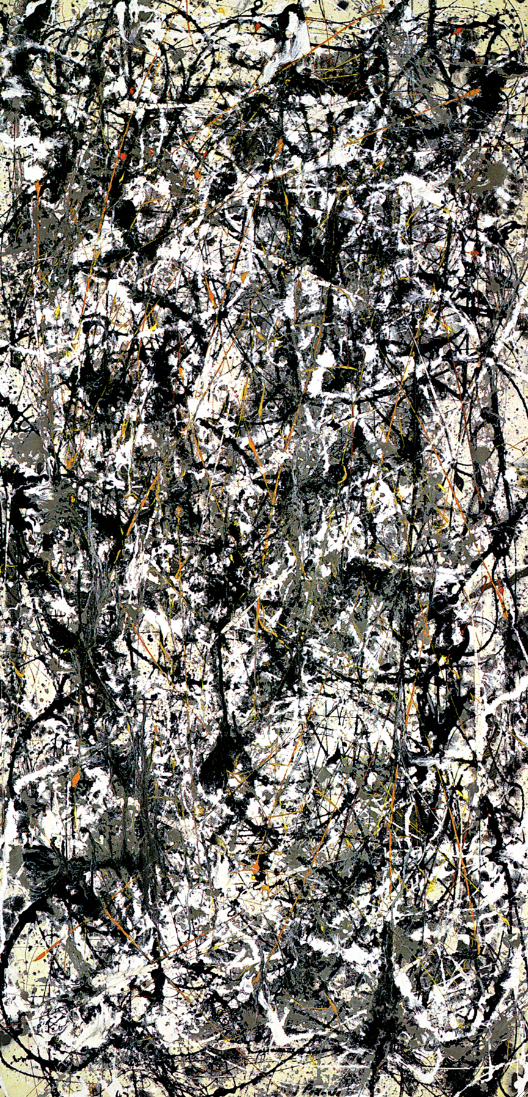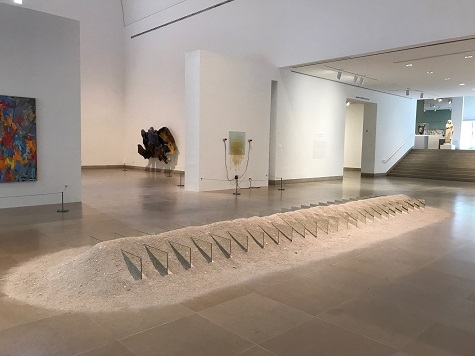When publishers vet book tour locations for someone with the caliber of international bestselling author Ken Follett, the well-established reputation of Arts & Letters Live, the DMA’s 27-years strong literary and performing arts series, is a huge benefit. Dallas is one of only three stops on Follett’s US tour, the other two being Boston and New York. Ken Follett will kick off the Fall 2017 season on September 14 at First United Methodist Church with a discussion of A Column of Fire, the third novel in his enthralling Kingsbridge Series. The first two novels in the series, Pillars of the Earth and World Without End, have sold 38 million copies worldwide!
For those who yearn for the seemingly lost art of a well-crafted written letter in lieu of a quick email or text message, Seattle-based Letters Aloud presents an afternoon of real letters by real people, read by great actors with live musical accompaniment, on September 24. Letters Aloud’s mission is to connect audiences to famous (and infamous) historical figures through their intimate correspondence. As one fan said, “It’s like literary crack” and makes history come to life in surprising, inspiring, and hilarious ways. These dramatic readings will chart the course of celebrity through the correspondence of artistic luminaries like Stephen King, Jackson Pollock, Elvis Presley, Emily Dickinson, Frank Lloyd Wright, Vincent van Gogh, and Tom Hanks, to name a few.
Want the inside scoop on international bestselling author Dan Brown’s interest in codes, science, religion, and art and his creative process in writing chart-topping books and making blockbuster movies? On October 6 he takes the stage for the first time in Dallas to talk about all that and his newest novel, Origin, which has been hailed as his most brilliant and entertaining work to date. The novel opens with Robert Langdon, Harvard professor of symbology and religious iconology, arriving at the ultramodern Guggenheim Museum in Bilbao, Spain, to attend a major announcement—the unveiling of a discovery that “will change the face of science forever.” When the meticulously orchestrated evening suddenly erupts into chaos, Langdon is forced to escape Bilbao. Navigating the dark corridors of hidden history and extreme religion, Langdon must evade a tormented enemy whose all-knowing power seems to emanate from Spain’s Royal Palace itself. On a trail marked by modern art and enigmatic symbols, Langdon uncovers clues that ultimately illuminate the breathtaking truth that has long eluded us.
Bestselling author and acclaimed journalist Walter Isaacson joins us on October 26 to discuss Leonardo da Vinci, the biography of the famous artist that sets forth little known information about da Vinci’s life, connecting his art and science. Isaacson shows us how Leonardo’s genius stemmed from skills we can hone in ourselves—passionate curiosity, keen observation, a playful imagination, and being bold enough to think differently. Leonardo DiCaprio was recently slated to play the artist in the film adaptation after a heated bidding war between Paramount and Universal.
Legendary photographer Annie Leibovitz landed on the DMA Arts & Letters Live roster after a Texas Book Festival colleague recommended that Arts & Letters Live have lunch with the national marketing director of Phaidon, who was in town for a conference. While chatting with our new Phaidon friends on the DMA’s Socca Cafe patio, we learned about the forthcoming book Annie Leibovitz: Portraits 2005–2016 and knew immediately that DMA audiences would adore hearing about this artist’s creative process and behind-the-scenes stories of all the famous people she has photographed. Leibovitz’s event with DMA Arts & Letters Live on November 14 is one of only five appearances slated worldwide.
To see the complete roster of Arts & Letters Live events and to purchase tickets, visit DMA.org/all.
Carolyn Bess is Director of Arts & Letters Live at the DMA.
Michelle Witcher is the Program Manager of Arts & Letters Live at the DMA.
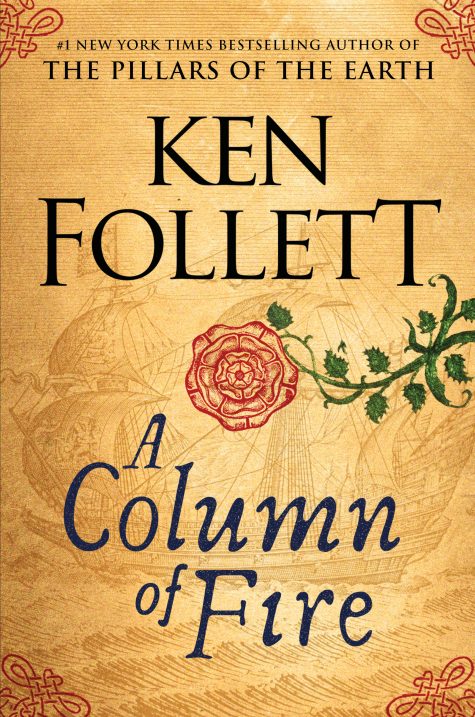
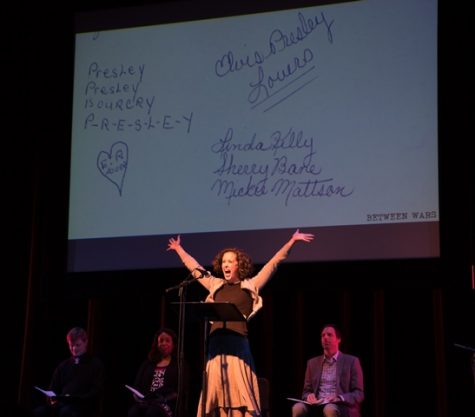
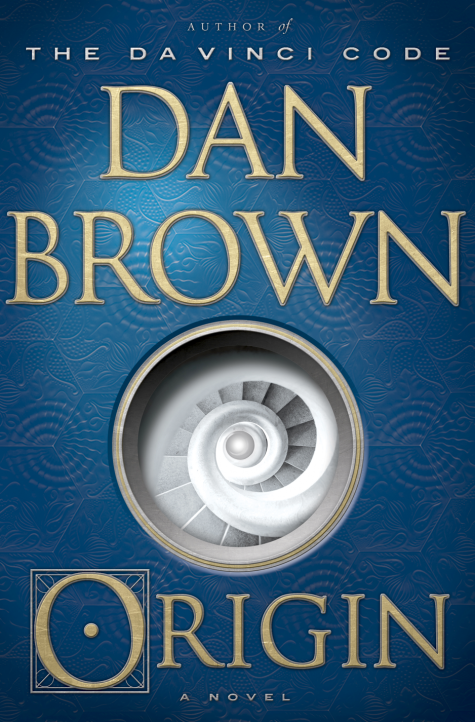
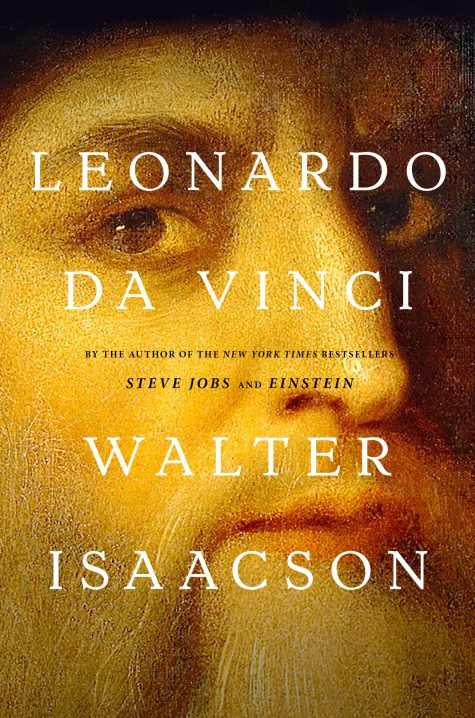
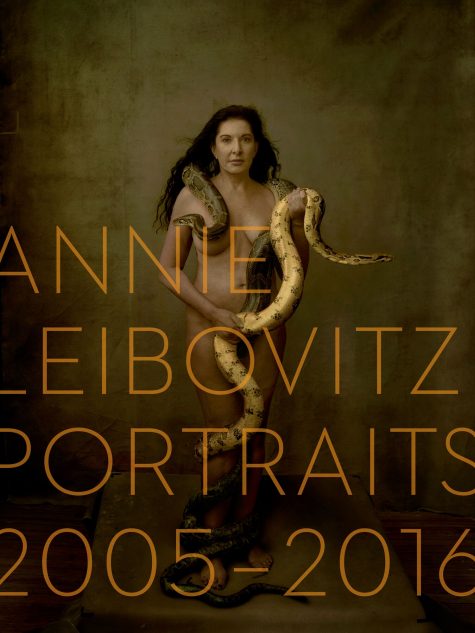
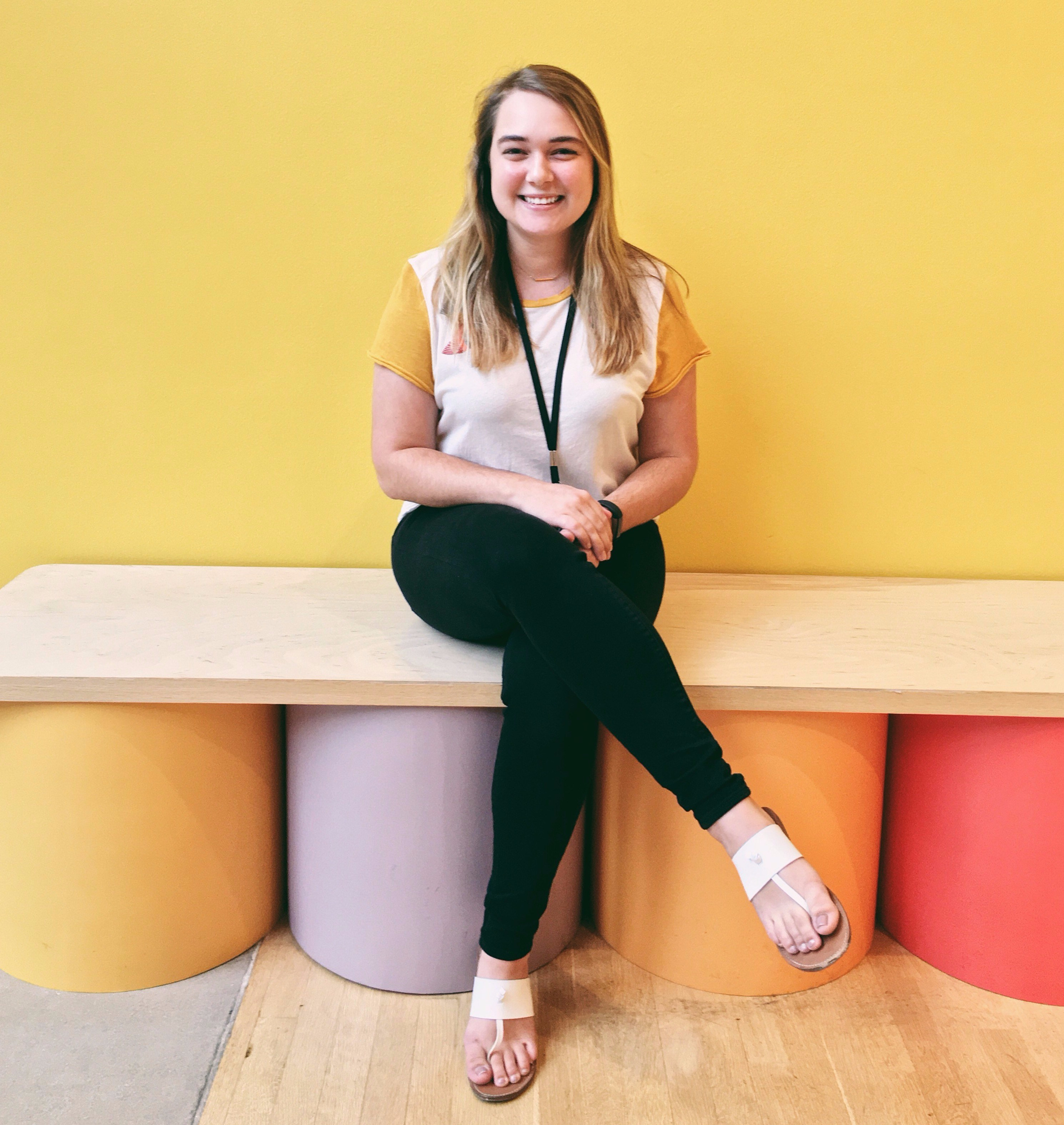 This summer, I had the chance to intern with the
This summer, I had the chance to intern with the 